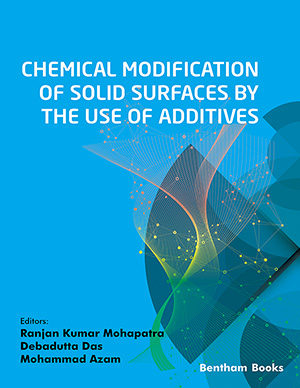Abstract
Glioblastoma multiforme (GBM) is a highly lethal tumor characterized by heterogeneous tumor cell populations including a small subpopulation of cells harboring stem cell properties, termed brain tumor stem-like cells (BTSC). Despite current standard treatments including maximal surgical resection, chemotherapy with temozolomide, and radiotherapy, the prognosis for GBM patients remains extremely poor with a median survival period of approximately 14.6 months. Such poor survival rates have caused GBM to receive significant attention in attempts to develop more effective therapeutic approaches. BTSC possess the abilities to self-renew and to give rise to diverse tumor cell types, and are likely responsible for the therapy resistant and pervasive nature of GBM. Since current therapies have only limited effect on targeting and eliminating BTSC, a paradigm shift has occurred in the field of translational research toward developing therapies against these malignant stem cells. This review highlights the current attempts and approaches to implement tyrosine kinase inhibitors (TKIs) as novel mechanism-based molecularly-targeting therapies against GBM. This discussion includes the current patents related to BTSC-targeting methodologies, elucidation of the mechanisms of tyrosine kinases in GBM, and therapeutic development with TKIs for the deadly disease, GBM.
Keywords: Brain tumor stem cell, clinical trial, glioblastoma, glioma stem cell, kinase inhibitor, patents, EGFR, VEGF, Erlotinib, Gefitinib
 84
84




